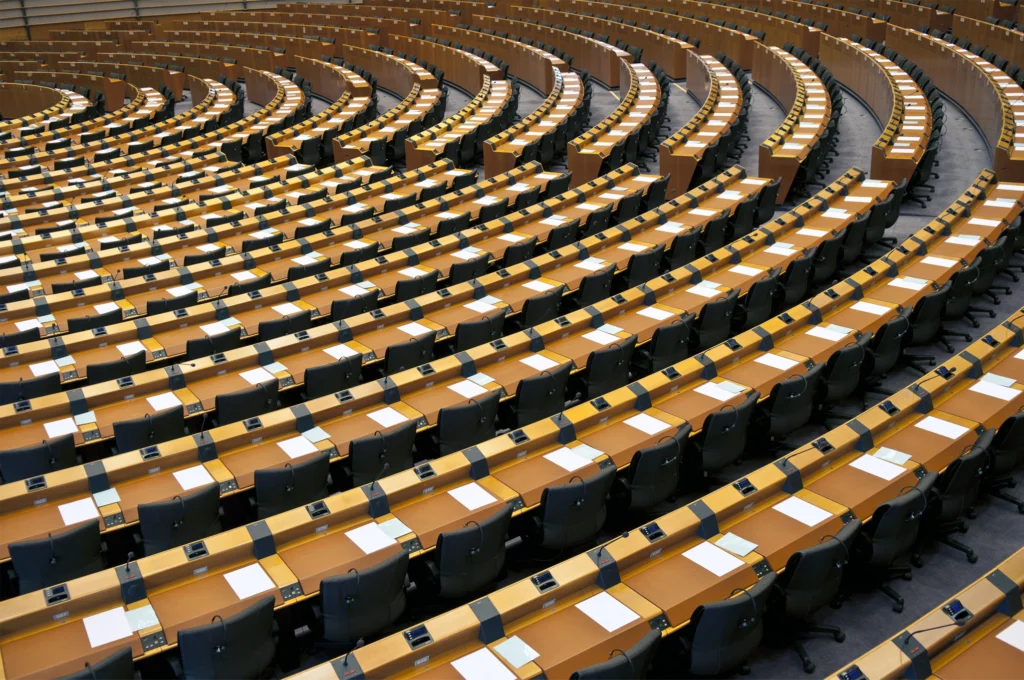By definition, a disaster is a sudden event that causes great harm to people and destruction of property. Disaster risk reduction (DRR) is taking steps to lower the potential for disaster by analyzing and managing the causes. Countries, organizations and individuals should develop strategies to reduce the risk of disaster should adverse events arise.
“Natural disasters” are natural hazards that result in great injury and damage. Natural hazards (such as extreme weather, wildfires or earthquakes) may be inevitable, but disasters – with loss of life and high economic costs – are not. This is why disaster risk reduction is important. It lowers the probability that a hazard or man-made event has disastrous consequences. In this article, we explore the relationship between disaster, hazard, exposure and vulnerability. We also suggest how you can reduce disaster risk, and all types of risk, in your supply chain.
How to Measure Disaster Risk
Measuring disaster risk involves evaluating the three components of disaster:
- Hazard – A natural, technical, or man-made threat to people, property or the environment.
- Exposure – How likely that the hazard will occur. This includes an estimate of its severity and frequency.
- Vulnerability – How susceptible people, property or the environment are to the hazard.
To measure disaster risk, you estimate the probability of hazard, assess the exposure of specific risk objects, and calculate their vulnerability. Some events, such as volcano eruptions, have low probability but high impact. In addition, disaster risk can increase or decrease. Disaster risk is complex and continually changing, influenced by factors such as or economics.
How Do You Reduce Disaster Risk?
According to the UN Global Assessment Report on Disaster Risk Reduction 2019 (GAR), “You need accurate, robust and real-time data to guide activities to reduce disaster risk.” Using data-based analysis enables countries and companies to better understand hazards. And such analysis shows how hazards link to exposure and to vulnerability and provide a clearer picture of risk.
In a supply chain context, enterprises can collect robust, relevant, reliable and real-time risk data by using AI-powered technology to identify where the risks are hiding. Gaining visibility beyond your direct suppliers is also critical. With a supply chain risk management (SCRM) solution you can map out the locations of your suppliers, along with any supply paths.
This enables you to visualize the interconnections between hazard, exposure and vulnerability within your supply network. Moreover, SCRM solutions that work with leading third parties of structured risk information provide a holistic view of risk from multiple sources to triangulate information from local, national and international news sources.
Early weather warnings on extreme weather detail the path and projected time of landfall of tropical cyclones, for example. Advance notifications such as these give organizations time to contact suppliers or begin proactive mitigation efforts.
What Are Disaster Risk Reduction Strategies?
Having robust data supports risk analysis. A disaster risk reduction strategy relies on having the capability to anticipate hazard events and includes the following additional components:
- Disaster management outlines how to prepare and respond to disasters.
- Disaster preparedness in enterprises includes contingency plans that detail who does what in an emergency. Typically, such plans contain disaster recovery for IT-infrastructure, for example.
- Disaster readiness spells out measures that speed up response.
Disaster response is the reaction to an emergency. Such emergency management is also preceded by planning, so that it can begin immediately at the onset of the hazard event.
One example of a disaster risk reduction strategy for business is fire prevention. Taking steps to reduce the risk of fire in the first place is key to reducing disaster losses.
Why Disaster Risk Reduction Is Everyone’s Business
Across the world, societies and organizations endorse humanitarian disaster risk reduction. The objective is to install measures for risk analysis, disaster mitigation and preparedness to protect civil society and invest in capacity building, particularly in less developed economies.
At the same time, many high-value assets, such as oil refineries, are located in hazard areas. Such assets are also threatened by climate change and extreme weather events. One example was the flooding in Europe in mid-2021, which caused loss of lives and livelihoods. Criticism arose that local disaster preparedness, including hazard early-warning systems, were insufficient.
What Are the Pillars of Risk Reduction?
Four pillars of disaster risk reduction are key to any program. These pillars include:
- Understanding disaster risk.
- Strengthening disaster risk governance.
- Enhancing disaster preparedness.
- Investing in disaster risk reduction for resilience.
These pillars reflect the priorities of the UN’s Sendai Framework for Disaster Risk Reduction, a 15-year global agreement to reduce, prevent and respond to disaster risks across the globe. And financing disaster risk reduction yields economic, social and environmental benefits many times the initial investment. Without action, the impact and cost of disasters will continue to rise.
Disaster Risk Reduction vs. Disaster Risk Management
While disaster risk reduction assesses the causes, disaster risk management (DRM) goes further. It focuses on implementing disaster risk reduction programs. It prescribes the actions and describes the activities needed to lower disaster risk.
And disaster risk management is not just for the public sector. It belongs in the toolbox of organizations everywhere. By managing disaster risk alongside all types of risk, companies reduce uncertainty, limit their losses, secure business continuity and build resilience.
Disaster Risk Reduction and Resilience
When it comes to your supply chain, the best way to build resilience is to gain a total view of risk. An AI-powered threat detection of natural hazard risks can include earthquakes, extratropical storms, flash floods, hailstorms, river floods, storm surges, tornados, tropical cyclones, tsunamis, volcanos and wildfires. Holistic SCRM monitoring also includes threats arising from financial, cyber, reputational, geopolitical and man-made risk.
Disaster risk reduction is everyone’s business. Through comprehensive supply chain management, businesses can reduce their disaster risk – as well as other types of risk – and create greater resilience.
riskmethods was acquired by Sphera in October 2022. This content originally appeared on the riskmethods website in October 2021 and was slightly modified for sphera.com.






